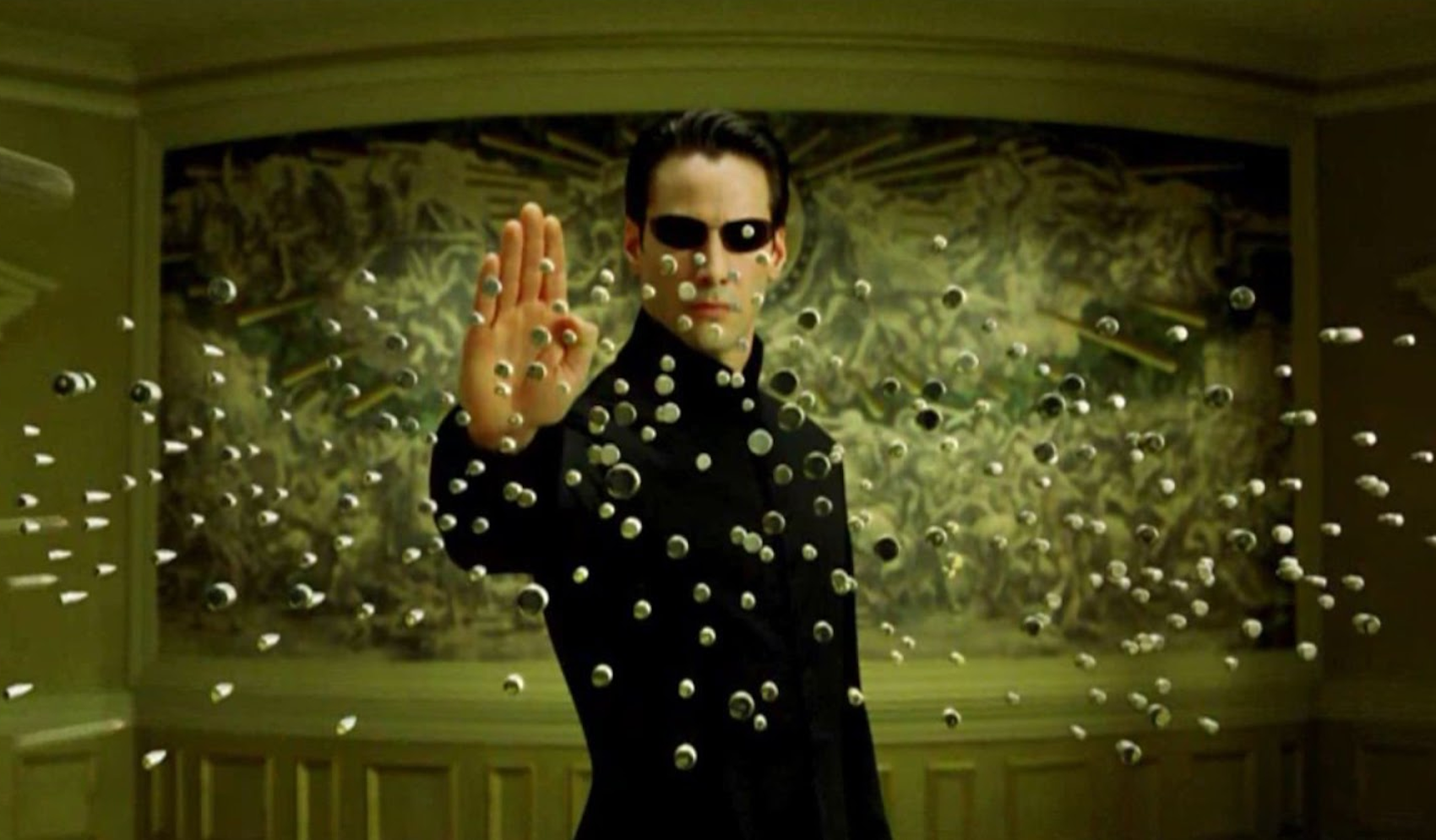What Distinguishes ‘Pan’s Labyrinth’ as Exceptional?
Guillermo del Toro’s Pan’s Labyrinth stands as a cinematic masterpiece whose uniqueness emerges from a compelling interplay of storytelling, visual artistry, and thematic depth. Released in 2006, the film is set against the grim backdrop of post-Civil War Spain in 1944, yet it juxtaposes historical realism with an enchanting yet sinister fantasy realm. Several key elements distinguish Pan’s Labyrinth from other films, both within its genre and in the broader context of global cinema.
Innovative Storytelling Techniques
A hallmark of Pan’s Labyrinth is its smooth blending of multiple genres. This movie weaves together elements of drama, historical fiction, fantasy, horror, and fairy tales, crafting a narrative fabric that is both emotionally impactful and thought-provoking. This merging of genres enables the coexistence and interaction between the harshness of the Francoist regime and the enchanting draw of myths. Ofelia, the central character, navigates these two worlds—her journey to maturity is intertwined with a mythical adventure, anchoring the fantasy elements in psychological need rather than mere escapism.
Symbolism and Mythological Connections
The film stands out in its sophisticated use of symbolism. Del Toro draws heavily from mythological archetypes and Spanish folklore, rendering his story deeply allegorical. For instance, the faun—an ambiguous figure who guides Ofelia—invokes classical myth precisely because it defies reduction to good or evil. The labyrinth itself is a recurring motif, symbolizing both the complexities of the human psyche and the winding journey toward self-discovery. The magical tasks Ofelia must perform parallel her real-life struggles, granting the narrative layers of meaning that encourage repeated viewing and scholarly analysis.
Breakthroughs in Visual and Aesthetic Design
Pan’s Labyrinth highlights Del Toro’s acclaim for his visual storytelling prowess. The combination of set designs, costumes, and practical effects with CGI results in an immersive environment that appears real amid its dreamlike qualities. Guillermo Navarro, the cinematographer, uses a dark and rich color scheme to blend reality with fantasy, portraying both as equally lively and intimidating. The detailed production elements—such as the eerie abode of the Pale Man or the labyrinth’s textures—enhance a chilling atmosphere that lingers with viewers.
Concepts of Purity, Conflict, and Defiance
The film explores universal themes with unflinching emotional honesty. Innocence, as embodied by Ofelia, stands in stark contrast against the militant cruelty of Captain Vidal, her stepfather, whose character is modeled on the authoritarian archetype. Scenes of visceral violence are juxtaposed with elements of wonder, intensifying the emotional stakes and reinforcing the notion of lost innocence. Moreover, the motif of resistance—both political and personal—underscores the corrupting and redemptive potentials within human nature.
Mature Treatment of Fantasy
Unlike numerous films deriving inspiration from fairy tales, Pan’s Labyrinth does not shy away from the grim elements in its narrative. The fantasy world is not an idyllic paradise; its regulations are stringent, and its inhabitants are erratic. By avoiding clear distinctions between evil and virtue in the mystical realm, the film respects young audiences’ ability to handle ambiguity and complex ethical questions. This lifts the film beyond just a children’s fantasy, transforming it into a deep reflection on trauma, ethics, and the essential role of imagination.
Critical and Cultural Impact
Upon its debut, Pan’s Labyrinth was highly praised for its unique qualities, achieving three Academy Awards and gathering over 100 international awards. Its lasting cultural impact is apparent through its continued fame: the visuals and themes have shaped literature, theatre, video games, and academic discussions. Researchers often reference the film as an example in transnational cinema and magical realism; its exploration of national trauma and memory remains a key point in debates within film studies.
Guillermo del Toro’s Perspective and Filmmaking Decisions
Central to Pan’s Labyrinth is the distinctive vision of Guillermo del Toro. His profound admiration for creatures, legends, and the overlooked infuses each element of the movie. Del Toro directly illustrated the characters and managed their tangible creation, merging terror with a sense of poignant beauty. This involved technique leads to a universe where all, from the tiniest bug to the giant faun, holds symbolic significance and storytelling function.
Lasting Heritage
The distinctiveness of Pan’s Labyrinth lies in its capacity to function across several dimensions: it serves as a historical allegory, a fantastical journey, and a psychological depiction simultaneously. The movie’s steadfast commitment to visual splendor, heartfelt emotion, and intricate themes secures its position as a major work in modern cinema. By urging viewers to traverse the maze-like boundaries between reality and legend, the film enhances our comprehension of storytelling’s power to address, honor, and eventually rise above the genuine terrors of the past.




